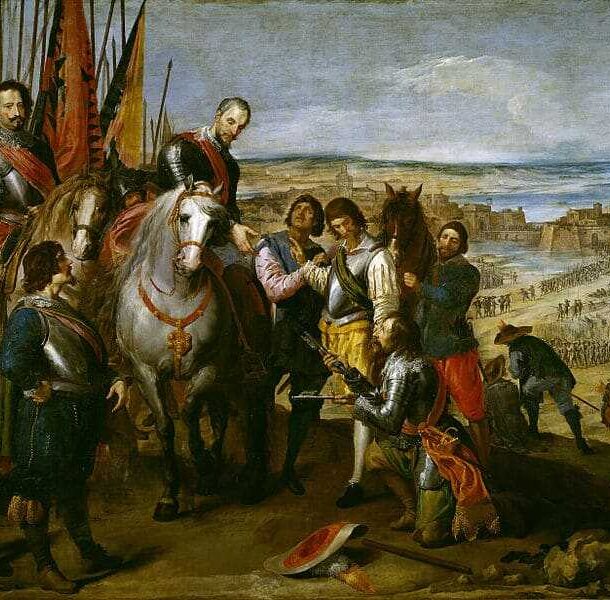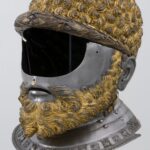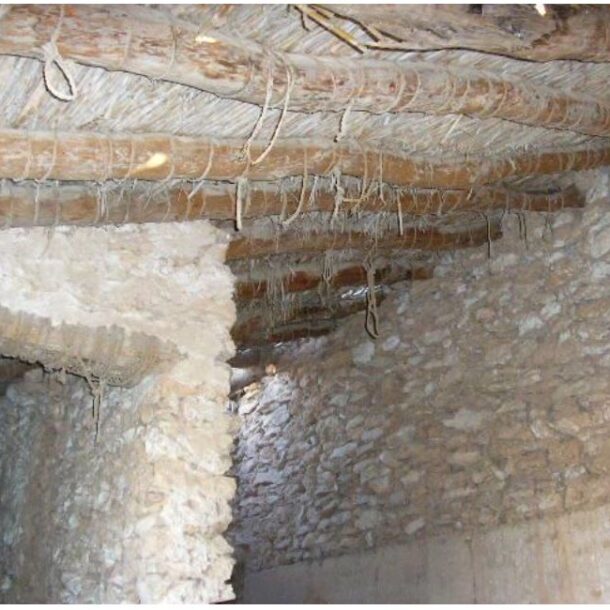
This barbeled lattice by Negroli was intended for Charles V and is considered to be one of the masterpieces of Renaissance armorial art. Filippo Negroli was considered the leading figure in this field in the 16th century for the artistic and technical quality of his work, as well as for his taste in reinterpreting classical antiquity. The celadon has its antecedents in the Greek and Roman helmets of the 4th – 1st centuries BC, characterised by curly scalps or beards, although the most immediate antecedent was the burgundy helmet he forged for Francesco Maria I della Rovere, Duke of Urbin in 1532. For the one he intended for the emperor, he added the golden fleece to the barbel, and on the lattice, below the centre of the neck, two griffins hold a medallion with the imperial motto plus ultra in the border and the Pillars of Hercules. Thanks to these works, Charles V was presented as an idealised classical hero, in line with his mythical Roman predecessors of antiquity.
Collection: Images
Project: 5. Power and powers in the history of Europe: oligarchies, political participation and democracy., 6. Under a cloak of terror: violence and armed conflict in Europe.
Chronology: XVI
Scope: Secondary Education, Baccalaureate, University
Resource type: Image
Format: Embossed, engraved, blued and damascened in gold. Dimensions: lattice (29,5 x 26,4 cm; peso: 2355 gr.); Rodela (52 cm, 3600 gr,)
Source: Armería Real (Patrimonio Nacional)
Language: Spanish
Date: 1533
Owner: Álvaro Romero González (Modernalia)
Identifier: 10000075 - 10000076, D-1; D-2
Copyright: Armería Real (Patrimonio Nacional)
Abstract: An ornate celadon that belonged to Charles V, which simulates the appearance of Roman emperors
Image
Tags






